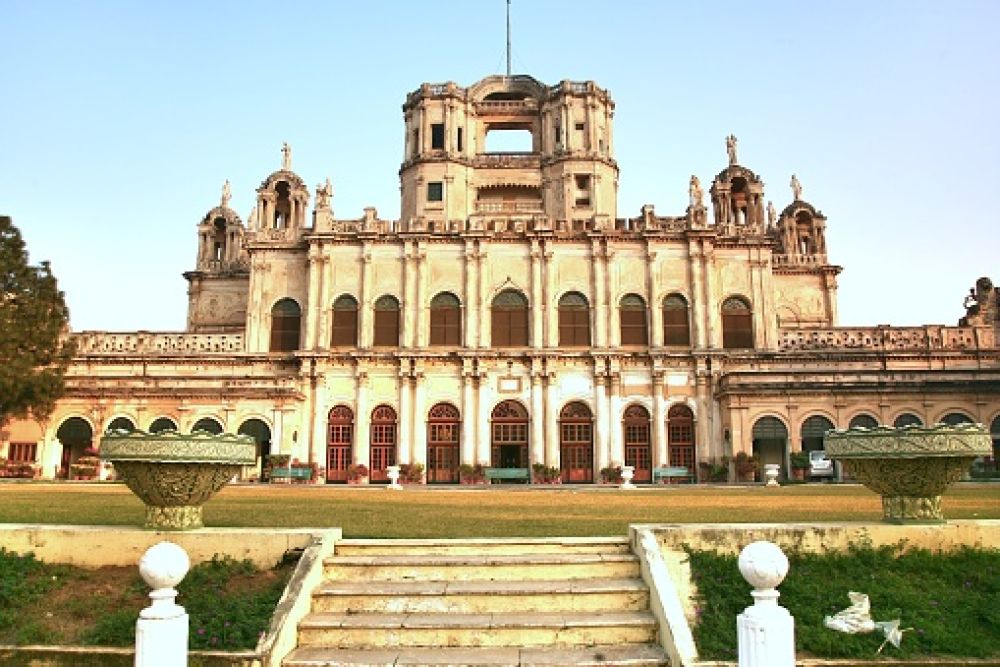

The city of Lucknow, known for its Nawabi era finesse and Mughlai cuisine, is also home to the historic Constantia House. This architectural gem is part of La Martinière College, one of the oldest educational institutions in India. The history of tourism surrounding Constantia House intertwines with the colonial past and the heart of Lucknow's heritage.
Constantia House is not simply an old building; it’s a monument steeped in history. This magnificent structure was constructed in the 18th century by Major General Claude Martin. He was a French-born soldier and adventurer who rose to prominence in the British East India Company.
Upon his death in 1800, General Martin bequeathed his wealth for the establishment of educational institutions in Calcutta (Kolkata), Lyon in France, and, most notably, in Lucknow where Constantia House is located. La Martinière College was founded in accordance with his will on this grand estate and began operating in 1845.
With its European style architecture that includes gothic towers, Italian influences, and Mughal motifs, Constantia House has been an object of fascination for historians and tourists alike. The structure also famously withstood the siege of Lucknow during the Indian Rebellion of 1857, adding to its historical allure.
Initially, the focus of tourism at Constantia House was mainly academic in nature. Historians and scholars visiting Lucknow for research would pay homage to this site. However, through the 20th century and into the 21st, a broader interest developed. Visitors now come to admire not only the history and architecture but also the lush gardens and serene atmosphere of the college grounds.
Part of the attraction for tourists is the opportunity to visualise the lifestyle and education practices during the British Raj, as much of the original furniture and artwork has been preserved within Constantia.
In recent years, eco-friendly and sustainable tourism has been gaining traction globally. Lucknow, and Constantia House in particular, is no exception. Visitors are increasingly looking for experiences that offer cultural enrichment while minimizing the impact on the environment.
Additionally, experiential tourism has become quite popular. People don’t just want to see Constantia House; they want to hear the stories, understand its legacies, and engage with its history. To cater to this trend, there has been a push toward offering more guided tours, immersive exhibits, and educational programs that provide depth to the visitor experience.
In response to the COVID-19 pandemic, Constantia House, like many historical attractions, began offering virtual tours and online resources, allowing a global audience to explore its wonders from the comfort of their homes. This digital form of tourism is likely to remain prominent even as traditional travel recovers.
To sum up, Constantia House is not just a silent witness to the changing times but an active participant in the evolving landscape of tourism in Lucknow. Its doors remain open to historians, architecture enthusiasts, and the intellectually curious, continuing to add pages to the long history of Uttar Pradesh’s tourism narrative.